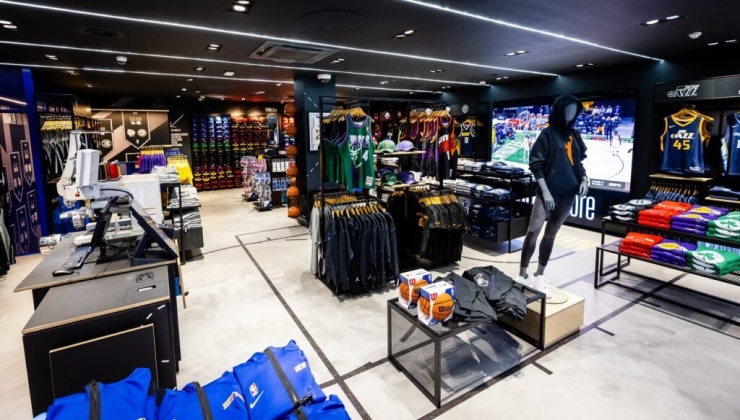The role of a retail architect is multidimensional, bridging the gap between creativity and functionality. Combining aesthetics with practicality and brand ethos, these professionals bring brands to life with vibrant retail architecture, offering customers a shopping experience like no other.
The Art Side of Retail Architecture
Shopping is no longer a simple commercial transaction. The modern marketplace now includes experiential marketing, where shopping becomes an experience rather than a chore. A retail architect plays a crucial role in creating this experience, designing spaces that not only house merchandise but also tell a compelling brand story.
Playing with colors, textures, lighting, and space, a retail architect turns a retail store into a form of art. It starts with understanding a brand’s identity, mission, target audience, and retail goals, then incorporating those elements into a unified design. The design captures and holds attention, inviting customers to step inside and stay longer.
The Science Aspect of Retail Architecture
The creativity of retail architecture is backed by a substantial amount of science. This comes in the form of detailed research about customer behavior, budget planning, resource allocation, enactment of building codes and safety regulations, and space optimization.
For instance, a well-designed store should promote maximum product visibility to encourage purchases. It should also promote a smooth traffic flow, which not only ensures the convenience and comfort of shoppers but also enhances the store’s overall functionality. Moreover, an excellent store design should take sustainability into account, opting for materials and solutions that are environmentally sound.
Blending Art and Science in Retail Architecture
The key to successful retail architecture lies in the harmonious blend of art and science. It’s all about creating captivating and functional spaces that elevate brands and provide exceptional customer experiences. To begin with, an architect must have a deep understanding of a brand’s ideology. Equally important is the knowledge of current architectural trends, building codes, regulations, and the specific needs of the customer base. Ultimately, the goal is to create a brand-centric retail space that is also customer-friendly.
For example, a high-end fashion brand may favor a minimalist design that showcases its products without overwhelming customers. At the same time, the space must promote easy navigation, with clear sightlines, well-defined sections, and a logical layout.
Conclusion
Embodying both art and science, retail architecture is a powerful tool for brands seeking to stand out and connect with their customers on a deeper level. A talented retail architect pushes boundaries in design and functionality, taking into account both aesthetic appeal and practical requirements. The goal is not just to create a shopping space, but a shopping experience that resonates with the brand’s persona and evokes positive emotions among customers, encouraging them to come back.

